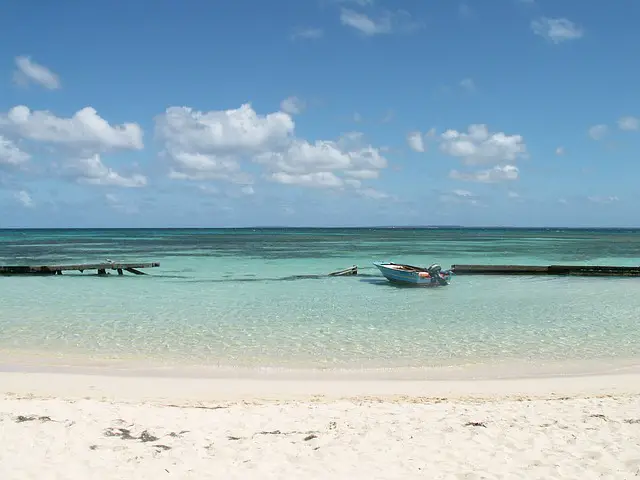
The commune of Basse-Terre had a rocky start, plagued by war, famine, fire and hurricanes. Today the island commune is a calmer place, though hurricanes are still a very real threat. A sleeping, but very much alive volcano, graces its doorstep, providing adventure to those seeking it.
The weather is generally warm with frequent rain showers and storms are to be expected. Hurricanes are usually only a danger in the later summer months. January through to March is widely considered the best time to visit, as the chance of rain is somewhat lessened.
Where You Dock in Basse-Terre – Guadeloupe
In 2006 the port was expanded to handle cruise ships, allowing passengers to disembark directly in the city.
Getting Around Basse-Terre – Guadeloupe
There are taxis available, a bus system, and water transport to get to the other islands.
Dining In Basse-Terre – Guadeloupe
Many of the dining opportunities are Caribbean in nature. You’ll have plenty of opportunities to taste the local flavour and try something you’ve likely never experienced before.
Things To Do in Basse-Terre – Guadeloupe
The real treasure to be found on this tropical island is the astounding variety of wildlife and the complexity of the environment and ecosystems. For nature lovers, it is the perfect paradise. Hiking shoes, raincoats and water bottles are recommended for all outdoor activities!
La Grande Soufrière – This active stratovolcano last erupted in 1976. The hike up to its sulfurous summit generally takes around an hour and forty-five minutes. Hikers will be well rewarded not only by the fascinating volcanic terrain but also majestic views of the island.
Parc National de la Guadeloupe – France’s 7th largest national park, it is home not only to the aforementioned volcano but to many trails and waterfalls. Wear a bathing suit under your clothes to take advantage of the swimming opportunities in this stunning rainforest environment.
Fort Delgres – Overlooking the commune of Basse-Terre, this French Fort has been through many hands, has had many different names and has witnessed an incredible amount of history.
Pigeon islets and La Réserve Cousteau – Widely regarded as some of the best diving in the Caribbean, it is rich with ocean fauna and flora. The coral is alive with colors and attracts hundreds of species of tropical fish. Eels, seahorses and turtles are just a few of the marine creatures likely be spotted.
